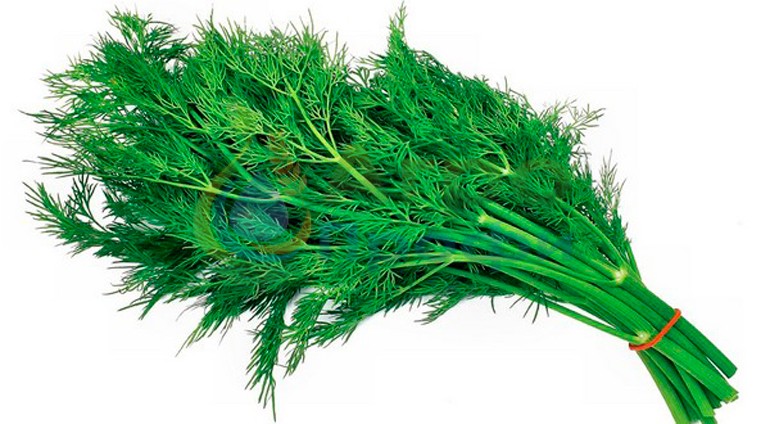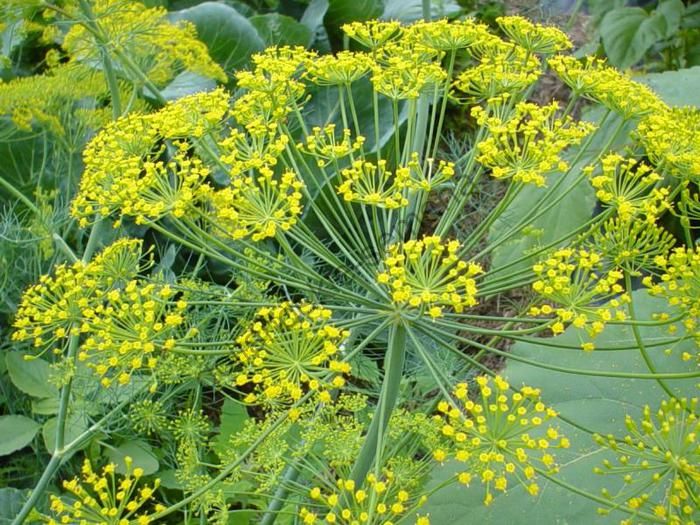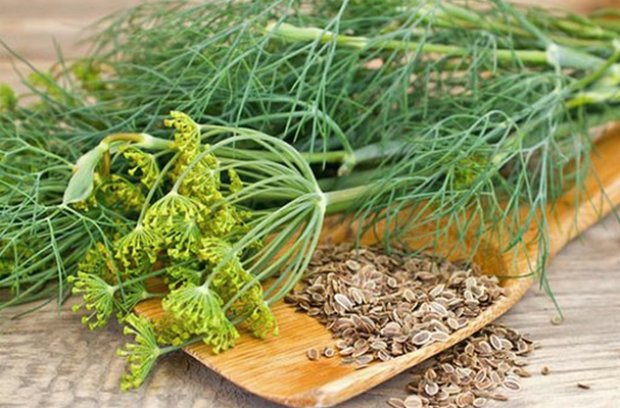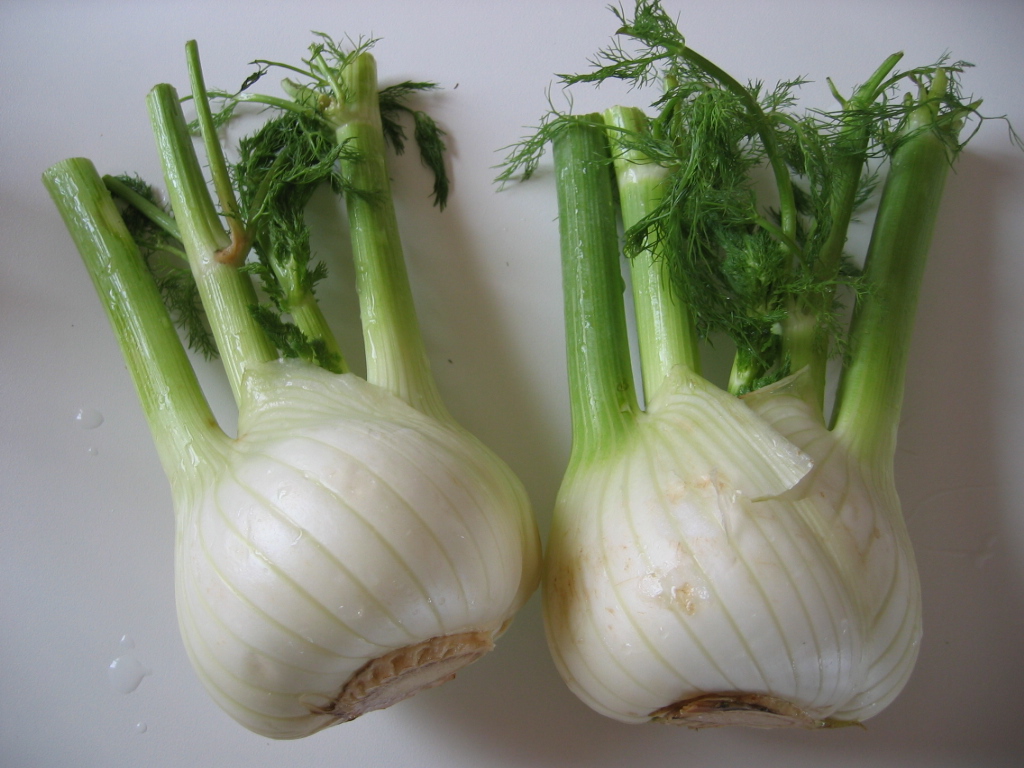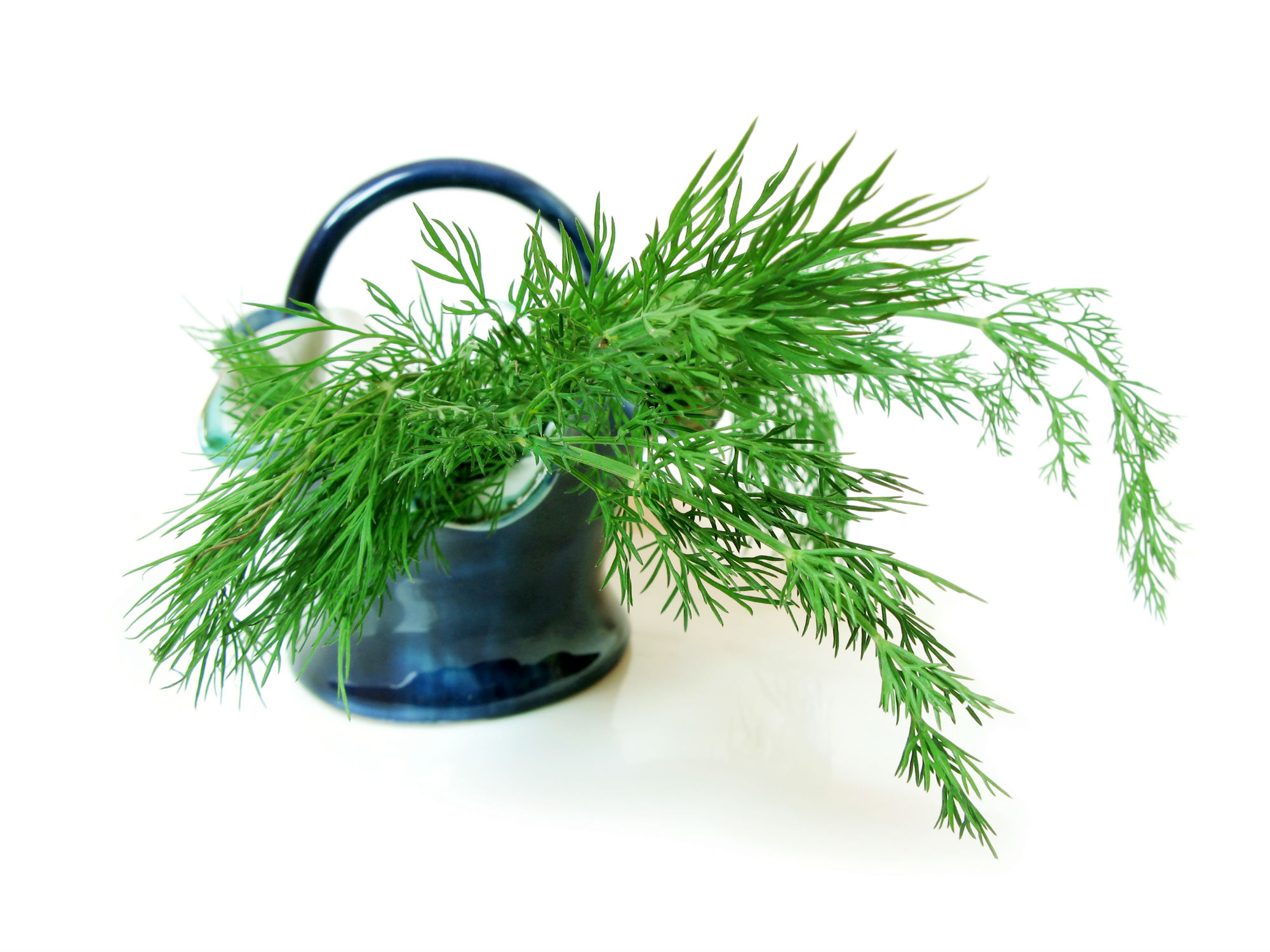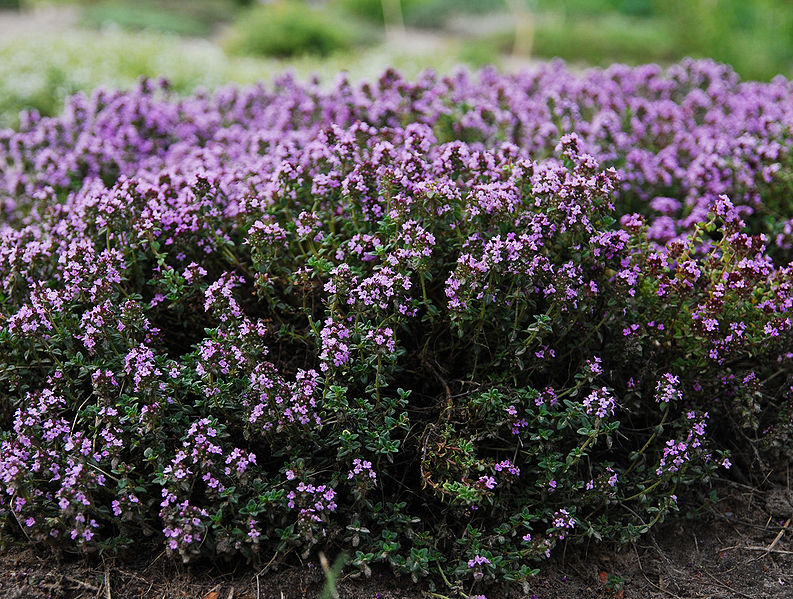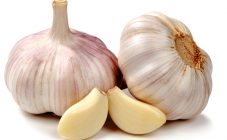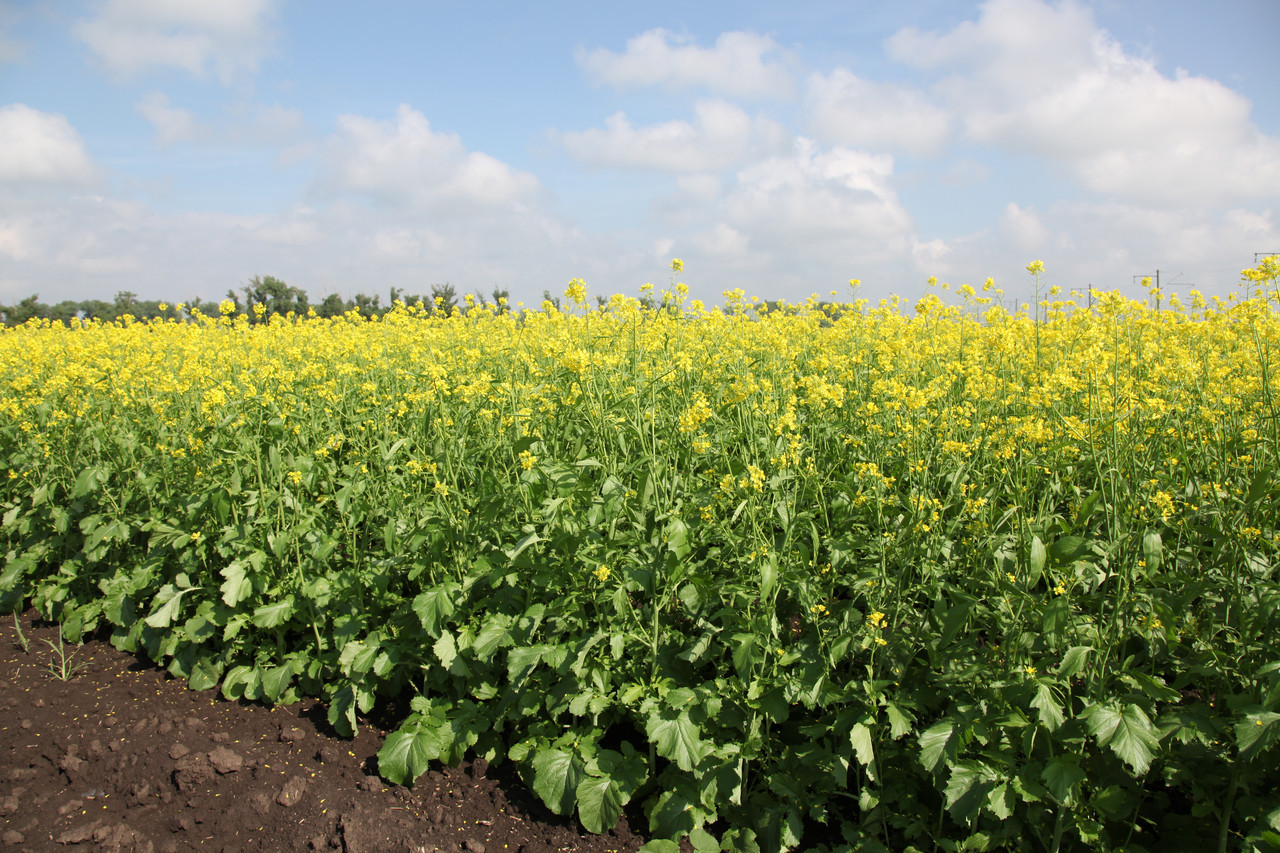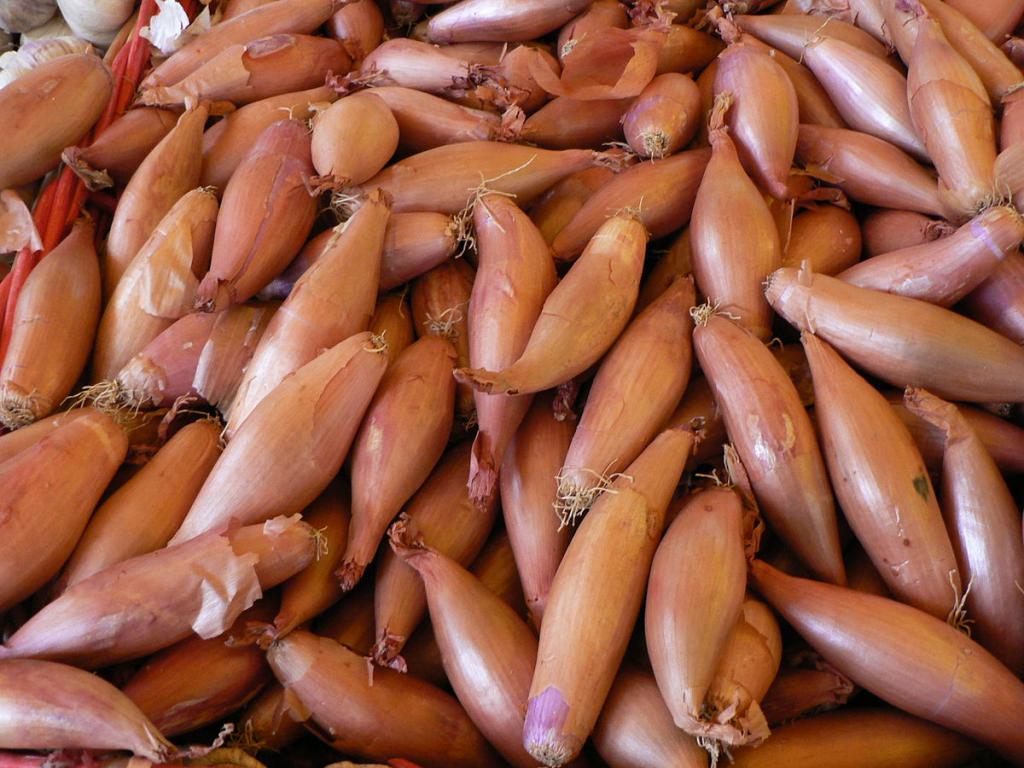Content:
Dill is a herbaceous garden crop. As an answer to a common question: what biological family does the dill belong to, it is necessary to designate the Umbrella family. Also, many novice gardeners are not sure if dill is perennial or annual. The dill plant belongs to the category of annuals. Fresh dill is suitable for use in the preparation of the following culinary products:
- vegetable or warm salad;
- snacks;
- hot dishes.
In addition, dill is a vegetable or a type of herb used to treat a number of diseases, due to the presence of beneficial trace elements in its composition.
As a garden crop, dill is grown all over the world.
Plant description and distribution
Dill is considered a thermophilic garden crop that needs abundant lighting.
It is possible to get a high-quality harvest of seed material only from a herb planting growing in mineral-rich and well-drained soil. The ability of seeds to germinate is maintained for 8 years from the moment of ripening. The recommended season for planting outdoors is spring.
The stem is straight, single, furrowed, dark green in color. It can differ in branching, one stem is able to grow up to one and a half meters in length.
The shape of the leaves is ovoid, it belongs to the type of four-pinnate. The lower leaf part is reinforced on the stem part with petioles.
Inflorescences are of the double umbrella type. The average diameter of the inflorescence is 8 centimeters. The average number of rays in the umbrella part is 35 pieces. The flowering time of dill within the middle latitudes of our country falls on the end of June.
Describing what the fruits of dill look like, they can be classified as droppings. The length of one seed is 5 millimeters, the thickness is 2 millimeters. The ripening of the seed part of the plant occurs in the second half of the summer.
The procedure for collecting dill seed is described as follows:
- At the initial stage of ripening, collect the seeds;
- Cut off dill inflorescences;
- In an inverted state, place the inflorescences in a paper bag;
- Place the bag in a dry and warm room;
- Do not allow sunlight to enter the planting material;
- Seeds should be separated from the umbrella inflorescence a week after drying;
- It is recommended to store seed in a sealed glass container.
Dill greens can be used to consume:
- fresh;
- salty;
- dried.
Due to the fact that the highest content of aromatic substances in the plant occurs during the flowering and fruiting stage, it is during this period that greens are collected for:
- vegetable canning;
- adding to homemade marinades;
- brines.
The abundance of phytoncides in the chemical composition of the plant, regardless of the origin of the dill, helps to prevent the formation of moldy and putrefactive foci on vegetables during the process of conservation or salting.
In addition, the essential oils that this plant gives are actively used in the production of alcoholic beverages and in the perfumery industry.
Names and characteristics of varieties
Despite the fact that in our country there are more than two dozen varietal varieties of dill, there are several most widespread among Russian gardeners, the commodity characteristics of varietal dill can be represented as follows:
- "Gribovsky" – this early ripening variety is considered the most widespread, does not require complex care, and has good disease resistance. Ripe greens are harvested 34 days after seed germination. A distinctive characteristic of the Gribovsky variety is considered to be strong aromatic properties;
- "Grenadier" – This is an early-maturing varietal variety of garden dill, suitable for cultivation in order to collect greenery and umbrella inflorescences with seeds. The crop ripens 38 days after the seeds germinate. The transition to the stage of inflorescence formation in this variety occurs in a quick time frame;
- Richelieu – it is a medium-ripening variety. Dill is ready to harvest 41 days after germination. The variety is notable for its unusual foliage color - green with a bluish tint;
- "Kibray" – it is a late ripening variety. Dill of this variety should be sown at an early time in protected ground conditions. The leaves are wide in size and are highly sensitive to temperature extremes.
The medicinal properties of dill
A complete list of what is useful in dill in terms of mineral compounds, as well as what vitamins are contained in dill:
- Vitamin C;
- Vitamin B;
- Vitamin B1;
- Vitamin B2;
- Carotenoids;
- Quercetin;
- Isoramnetin;
- Kaempferol;
- Carbohydrates;
- Pectin;
- Iron;
- Potassium;
- Calcium;
- Phosphorus.
Almost 20% of the composition of greens is accounted for by the fatty oil contained in it.
Most of the chemical composition of the essential oil from the fruit of dill is D-carvone, the content of which can be 50%.
The fruits and essential oil can serve as one of the medicines:
- antispasmodic;
- sedative.
The main component of the essential oil from dill greens is D-alpha-fellandrene, a distinctive feature of which is the ability to green the color of some varieties.
In many countries, matured adult dill is used as a medical ingredient. Infusion of dill leaves treat hypertension of I and II degrees.
Essential oils, which are based on dill greens, are widely used as an expectorant folk remedy.
Dill infusion is used to treat hemorrhoids, it is used to accelerate wound healing and to relieve allergy symptoms, which include irritation in the form of itching.
"Anetin" is made from dill seeds – vasodilator drug presented in the form of dried dill extract, the use of which is aimed at treating the following diseases:
- HKN;
- neuroses of the heart;
- angina pectoris;
- abdominal cramps.
From the infusion made from greens, lotions are made for redness.
The dietary properties of dill, expressed in its low calorie content, make it possible to use it as a therapeutic component for diseases such as:
- obesity;
- gallbladder disease;
- kidney disease;
- gastritis with low acidity;
- cystitis;
- stomach ulcer;
- cholecystitis.
The use of dill can have a positive effect on metabolic processes in the body, emotional background and appetite.
When treating with dill, there is a contraindication - this is a tendency to lower blood pressure and intestinal atony.
Diseases and pests of dill
Most often, dill planting is deformed under the influence of the following pests:
- Fusarium rot of the root system, which can be dealt with by one of the existing methods:
- the remaining grass is removed;
- culling of diseased stems;
- the cultivation of heavy soil.
- Wet rot, which should be dealt with as with Fusarium;
- Phomosis, the methods of dealing with which are:
- rejection of diseased plants;
- collection and destruction of vegetation residues;
- using healthy seed.
- Carrot gall midge, if damaged, all diseased inflorescences should be cut and burned;
- Caraway moth, when infected, damaged inflorescences are cut off and destroyed.
Dill is a garden plant known to all residents of our country and the most widely used in cooking, which will not be difficult to grow in a summer cottage of any type. In addition, due to the list of useful microelements present in the composition of fruits and herbs, dill is a plant used to treat several dozen diseases and as a useful dietary product that contains almost no carbohydrates in its composition.
